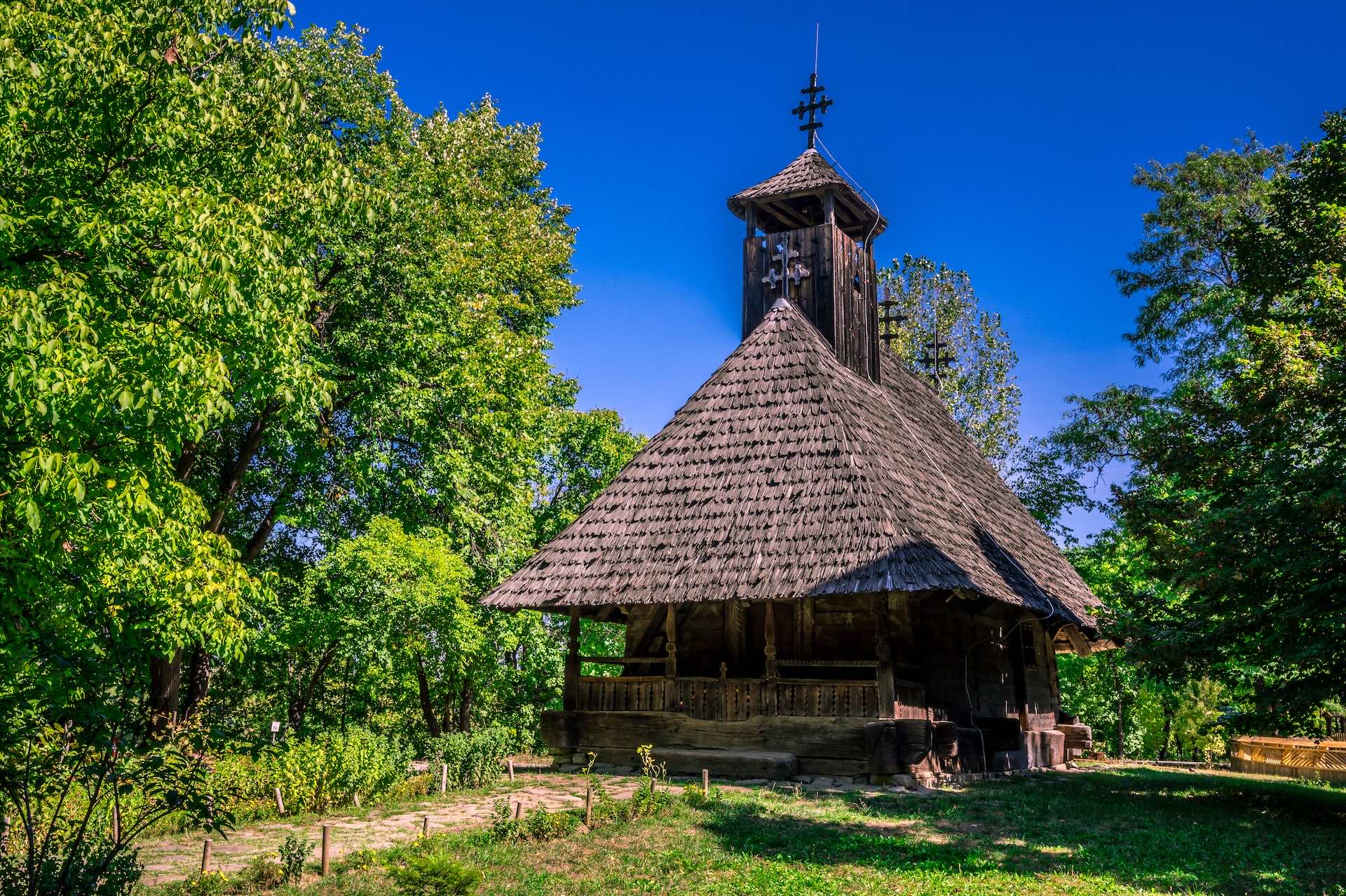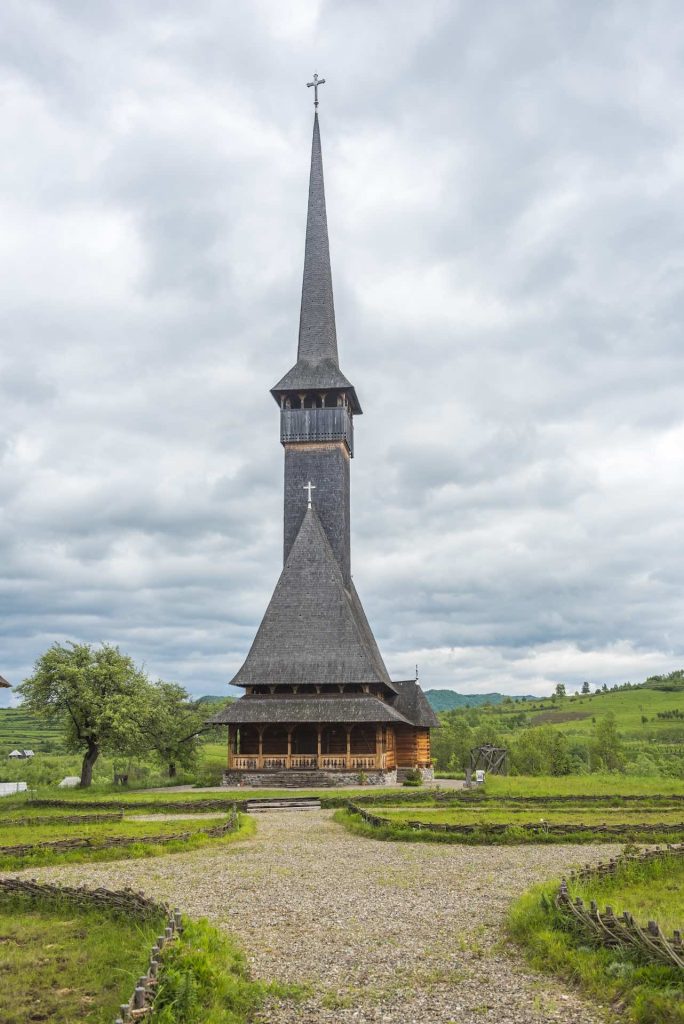Discover Maramures
The Remarkable Wooden Churches Of Maramures

Tucked away in the scenic Maramures (Maramureș) region of northern Romania, the famous wooden churches are not just buildings; they are a proud statement of the area’s rich traditions and history. Built mainly from local oak trees, these churches draw the curiosity and admiration of many who visit, providing a glimpse into the unique architectural style and the storied past of the region. Let’s delve into the history, design, and current status of these enchanting wooden structures.
Historical Background and Importance of the Wooden Churches
Dating back to the 17th and 18th centuries, the wooden churches of Maramures were built during a time of major social changes and strict religious rules. Back then, the Habsburg rulers, who controlled the area, restricted the construction of Orthodox churches using stone unless special permission was granted. This led the resilient locals to use what was readily available—wood—to build their places of worship.

These churches are more than just structures; they are woven into the fabric of community life, reflecting the local spirit and collective identity. Each church was a community project, with villagers pitching in to help build and decorate, fostering a strong sense of unity and shared heritage.
Unique Architectural Style
The wooden churches are celebrated for their distinctive architectural style. They typically feature tall, narrow structures topped with steep, shingled roofs. One of the most striking aspects is the towering, slender spires, which seem to reach towards the sky. The interiors are often modest but beautifully adorned with hand-carved wooden details and vibrant frescoes depicting religious scenes.
What makes these churches truly remarkable is their construction technique. Built without the use of nails, the wooden planks and beams are expertly carved to fit together like a giant puzzle. This not only showcases the incredible skill of the local carpenters but also adds to the rustic charm of the buildings.

Preservation and Challenges
Preserving these churches is no small feat. The very wood that gives them their charm is also susceptible to weathering, decay, and pests. Over the years, efforts have been made to maintain and restore these historic structures to ensure they survive for future generations to appreciate. This involves treating the wood, repairing damaged parts, and sometimes even reconstructing parts of the churches using traditional methods and materials.
However, the work is challenging. It requires not just physical restoration but also a deep understanding of the building techniques that have been passed down through generations. Moreover, it’s crucial to keep the local community engaged and invested in the preservation process, as these churches are a vital part of their cultural identity.
The Churches Today
Today, the wooden churches of Maramures stand as proud symbols of the region’s resilience and artistic flair. They attract tourists from all over the world, eager to see these architectural masterpieces and learn about the rich history of the area. For the local community, these churches remain active centers of spiritual and social life, hosting regular services and community events.
In 1999, eight of these churches were rightfully included in the UNESCO World Heritage list, recognized for their outstanding value and universal significance. This designation not only helps protect the churches but also highlights the importance of preserving such unique cultural treasures.
The Enduring Legacy of Maramures’ Wooden Churches
The wooden churches of Maramures are more than just historical monuments; they are a living testament to the region’s enduring spirit and cultural richness. As we look to the future, it remains crucial to continue efforts to preserve these magnificent structures so that they may continue to inspire and educate generations to come. Through these churches, we connect with a past where community, faith, and artistry intertwined beautifully, creating something truly magical in the heart of Romania.